Treating Volutella Blight On Pachysandra: What Is Pachysandra Volutella Blight
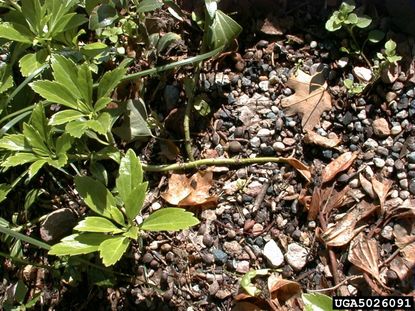

Japanese pachysandra is a groundcover plant, often used by gardeners in areas too shady to allow grass to grow. When the plant is stressed by too much water on its leaves or too little water to drink, it is prone to certain infectious diseases, including pachysandra Volutella blight (Volutella pachysandrae). Read on for more information about Volutella blight of pachysandra and different kinds of pachysandra leaf blight treatment.
What is Volutella Blight of Pachysandra?
Pachysandra Volutella blight is a type of leaf blight that can be detrimental to pachysandra plants. The first symptoms of this disease are tan spots on the leaves. Although they start small, they grow fast and can cover entire leaves. The pachysandra leaves yellow and die, while the infected twigs darken and die. When Volutella blight of pachysandra attacks plants during moist weather, you can sometimes spot salmon-colored spores on the blackened twigs. Volutella blight of pachysandra is much more likely to attack your plants if they are crowded together. Wet conditions also increase the risk of pachysandra Volutella blight.
Treating Volutella Blight on Pachysandra
While treating Volutella blight on pachysandra is possible, prevention is always easier than cure when it comes to leaf blight fungal diseases. The very best pachysandra leaf blight treatment is good cultural care to prevent infection. If you keep your plants healthy and vigorous, they are much less likely to get leaf blight. Be sure the pachysandra is healthy when you buy them and check the leaves carefully for suspicious tan spots. Where to plant your pachysandra? Select a site that gets some sun. Never plant pachysandra in areas of deep shade, or other spots where the plant is likely to retain water on its leaves for a long time. Don’t compromise on soil; it must be well-draining. Once the plants are established, thin them out during dry periods to prevent densely packed garden beds. It also helps to remove debris from the bed on a regular basis. If, despite your efforts, your pachysandra develops leaf blight, remove and destroy any severely diseased plants. Burn them or bury them to avoid spreading the fungus. If all else fails, consider fungicides. If you decide to use them, start in spring and apply every 7 to 14 days through early summer.
Gardening tips, videos, info and more delivered right to your inbox!
Sign up for the Gardening Know How newsletter today and receive a free download of our most popular eBook "How to Grow Delicious Tomatoes."

Teo Spengler has been gardening for 30 years. She is a docent at the San Francisco Botanical Garden. Her passion is trees, 250 of which she has planted on her land in France.
-
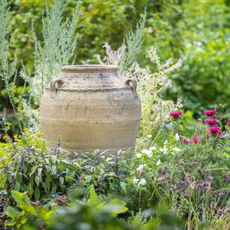 Front Yard Herb Garden Ideas To Spice Up Your Landscape
Front Yard Herb Garden Ideas To Spice Up Your LandscapeUse your imagination and plant a lovely front yard herb garden. You’ll love the convenience, the fragrance and the beauty, and pollinators will appreciate it.
By Amy Grant
-
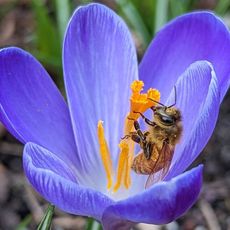 When To Clean Up Garden Beds In Spring To Protect Pollinators
When To Clean Up Garden Beds In Spring To Protect PollinatorsEvery spring, I'm reminded that many species of insects have used my garden as a winter hotel and may not be ready for a wake-up call just yet.
By Teo Spengler
-
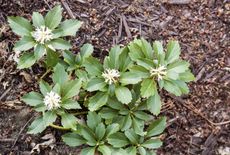 Pachysandra Weeds: Tips For Removing Pachysandra Ground Cover
Pachysandra Weeds: Tips For Removing Pachysandra Ground CoverPachysandra an evergreen ground cover that looks like a great idea when you plant it. But this aggressive plant doesn?t know when to stop. Read here for information on removing pachysandra ground cover.
By Jackie Carroll
-
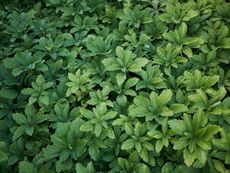 Growing Pachysandra Plants - How To Plant Pachysandra Ground Cover
Growing Pachysandra Plants - How To Plant Pachysandra Ground CoverPachysandra is a favorite ground cover plant in hard-to-plant areas such as under trees, or in shady areas with poor or acidic soil. Read here to find tips for growing pachysandra in your landscape.
By Susan Patterson